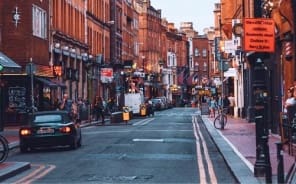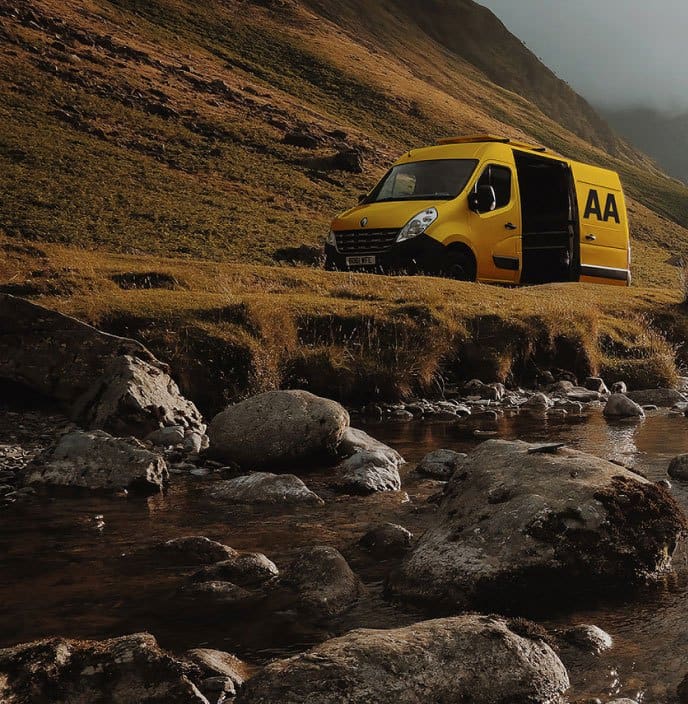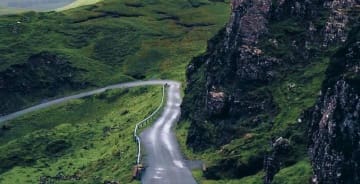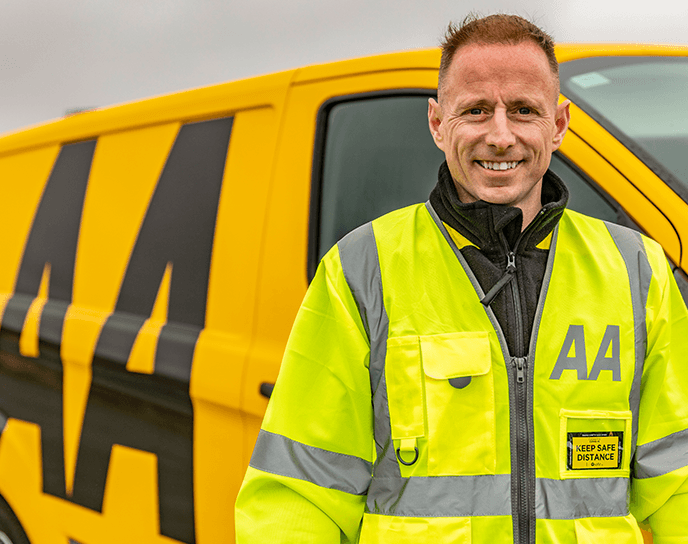Touring tips
Drinking and driving: The maximum permitted level of alcohol in the bloodstream is 0.049 per cent. If the level of alcohol in the bloodstream is between 0.05 per cent and 0.079 per cent a fine will be imposed, 0.08 per cent or more a severe fine and / or driving ban for Austria are imposed. A lower limit of 0.01 is applicable to new drivers who have held their license under 2 years.
Driving license: Minimum age at which an Irish license holder may use a temporarily imported car 18, motorcycle (up to 50cc) with a maximum design speed of 45 km/h (27 mp/h) 16 and motorcycle (over 50cc) 18.
Fines: On-the-spot. The officer collecting the fine should issue an official receipt. For higher fines the driver will be asked to pay a deposit and remainder of the fine within two weeks. Parked vehicles that obstruct traffic may be towed away.
Fuel: Unleaded petrol (95 and 98 octane) and Diesel available. No leaded petrol (lead substitute additive available) and limited LPG available. Petrol in a can permitted maximum 10 liters. Credit cards are accepted by larger filling stations; check with your card issuer for usage in Austria before travel.
Lights: Passing lights (dipped headlights) must be used when visibility is poor due to bad weather conditions.
Motorcycles: Wearing of crash helmets compulsory for both the driver and passenger. It is prohibited to drive with side lights (position lights only). The use of dipped headlights during the day is compulsory.
Motor Insurance: Third-party compulsory, including trailers.
Passengers/Children in cars: Children under 14 and less than 1.50 meters in height cannot travel as a front or rear seat passenger unless using suitable restraint system for their height / weight. Vehicles without such protection e.g. two-seater sports cars or vans / lorries may not be used at all to transport children under 14 years of age. Children under 14 years but over 1.50 meters in height must use the adult seat belt. Children 14 or over and over 1.35 meters in height are allowed to use a ‘Dreipunktgurt’ (three point seat belt) without a special child seat, if the belt does not cover the throat / neck of the child.
Seat belts: Compulsory for front and rear seat occupants to wear seat belts, if fitted. Fine for non-compliance €35.
Speed limits: Standard legal limits, which may be varied by signs, for private vehicles without trailers. In built-up areas: up to 50 km/h, outside built-up areas: 100 km/h and motorways: up to 130 km/h. Vehicles not capable of sustaining a minimum speed of 60 km/h, are not permitted on motorways. Mopeds must not exceed 45 km/h. The maximum recommended speed limit for vehicles with snow chains is 50 km/h. Vehicles equipped with spiked tyres must not exceed 100 km/h on motorways and 80 km/h on other roads. A number of towns have a general speed limit of 30km/h.
Compulsory equipment in Austria
-
Warning triangle – Must conform to EC regulation 27 (for vehicles with more than two wheels).
-
First-aid kit – Must be in a strong dirt proof box.
-
Reflective Jacket – Every car driver has to carry a reflective jacket / waistcoat (compliant with European regulation EN471) which has to be used in the case of a breakdown or accident and even when setting up a warning triangle on the road. This regulation does not apply to mopeds/motorcycles, however it is recommended.
-
Winter equipment – All motorists have the legal obligation to adapt their vehicle to winter weather conditions (see information below).
Between the 1st November and the 15th April vehicles must be fitted with winter tyres (which must be marked M&S on the side walls and have a minimum tread depth of 4mm) or all-season tyres which must be marked M&S (mud and snow) and if roads have a covering of snow, slush or ice outside these dates.
Theoretically snow chains on summer tyres can be used as an alternative to winter tyres where the road is heavily covered with snow and no damage to the road surface is caused by the snow chains. In practice, because road conditions and the weather cannot be predicted, use of winter tyres is effectively compulsory.
Note: It is the driver’s legal responsibility to carry the required winter equipment; therefore, it is essential to check that it is included in any hire car.
Other rules/requirements in Austria
All vehicles using Austrian motorways and expressways must display motorway tax sticker (vignette). The stickers, which are valid for one calendar year, two months or 10 days, may be purchased at some petrol stations located close to the border in neighbouring countries and in Austria: at the frontier, at petrol stations, post offices or in ÖAMTC offices. A special vignette the ‘Korridor Vignette’ is required for vehicles travelling from Hohenehms to Horbranz on the German Border if a standard vignette has not been purchased. Fines for driving without a vignette can be severe, minimum €120.
Tolls are also payable when passing through certain motorway tunnels.
The use of the horn is generally prohibited in Vienna and in the vicinity of hospitals.
When a school bus has stopped to let children on and off, indicated by a yellow flashing light, drivers travelling in the same direction are not permitted to overtake.
Spiked tyres may be used from the 1st October until the 31st May, special local regulations may extend this period.
It is prohibited to use radar detectors.
If a voucher is required for parking they can be obtained from most tobacconists, banks and some petrol stations.
This information should be read in conjunction with general advice for motoring in Europe.
Toll Prices
A Vignette (road tax), system is in place in Austria. Vignettes are a small, colored sticker affixed to motor vehicles in Austria and some other European nations to indicate road tolls have been paid.
The vignettes are priced as follows:
(Currency: Euro)




